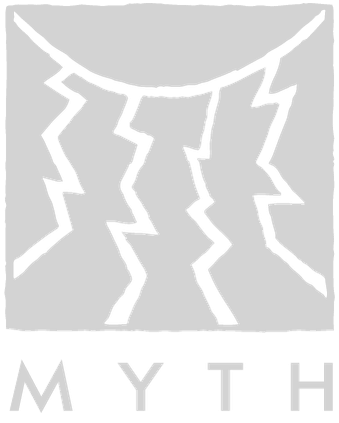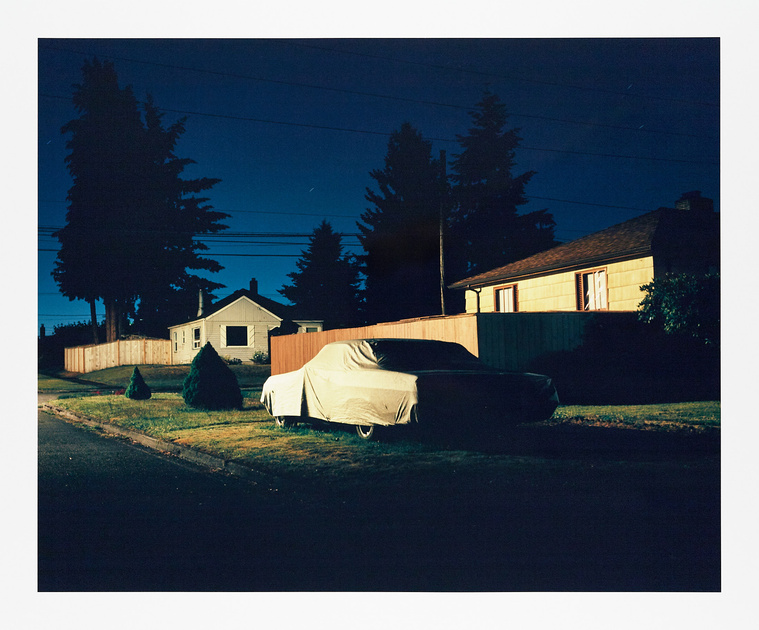C.M. Thomas
C.M. Thomas (b. 1988) is a Native American/Caucasian artist based in Tacoma, WA and primarily works in medium format film photography. Searching out both day and night time scenes that strike an emotional response or which possess an atmosphere, energy or presence that require him to make a photograph, his works depict the suburban, outer-city and the industrial cultures of his hometown.
MYTH EDITIONS is proud to print and publish its first collaboration with C.M. Thomas:
In The Dark
Photography is the game of time and light. The sun’s light during the course of the day is bright and ever changing. The photographer submits to its moods and waits for “good” light. But what happens when this greatest source of natural light falls below the horizon line?
When darkness falls, artificial light sources illuminate the world in eerie stillness. The buzzing neon hotel signs, the warm glowing street lamps, the red shooting stars of broken taillights. Man-made light rules the landscape.
A photographer must consider this light carefully. When confronted with a lowly lit scene, a photographer must commit a great deal of thought and intention to any exposure. Different artificial lights carry a wide variety of intensities, hues and colors. Light may reflect or bounce off of different surfaces and textures with varying degrees of strength. The proper film stocks and equipment need to be chosen beforehand to handle these characteristics in order to achieve the artists vision. Even instruments that aid in determining adequate exposure of film often fail to measure the night’s low light. A photographer is often left equipped only with the knowledge of others passed down through literature, mentorship or personal experience gained through trial and error. A deeper relationship and understanding of light must be formed to anticipate its behavior and achieve the desired exposure. There is another place that shares many traits with the tungsten dominated night, the darkroom.
The darkroom is also a place where a different variety of light’s qualities and behaviors must be considered with experience and intuition. Like night photography, in the absence of the sun, careful consideration must be given when calculating an exposure. No ray of light unaccounted for. A relationship and understanding of light formed. Colors captured on film by the camera are manipulated with an enlarger through the use of different types of photosensitive papers to realize the vision of both the photographer and printer. The techniques of the darkroom must also be learned through the text of printing books, the mentorship of an experienced lab tech or through personal trial and error.
The technical and artistic connection between night photography and darkroom printing make realizing a photographic intention and vision through both mediums consecutively a highly calculated yet intuitive exercise—one that can result in beautiful and unique images. In an age where digital tools are so highly relied on and convenient, it’s an extremely gratifying venture to carry an idea all the way through to a framed photograph hanging on the wall by means of purely analog techniques. From film stock to fixer, the entire process is a balancing act with light, in the dark.
- C.M. Thomas
All proceeds from this project will go directly to the Central Council of the Tlingit and Haida Indian Tribes of Alaska's language program.
The Central Council of the Tlingit and Haida Indian Tribes of Alaska's language program will support avenues to ensure the existence of Tlingit, Haida, and Tsimshian Native languages through a cultural educational environment. The program collaborates with traditional speakers, universities, non-profits, and technology advisors to maximize resources and advance early education books in these Native languages.
Learn more about the Tlingit and Haida Indian Tribes of Alaska's language program.





